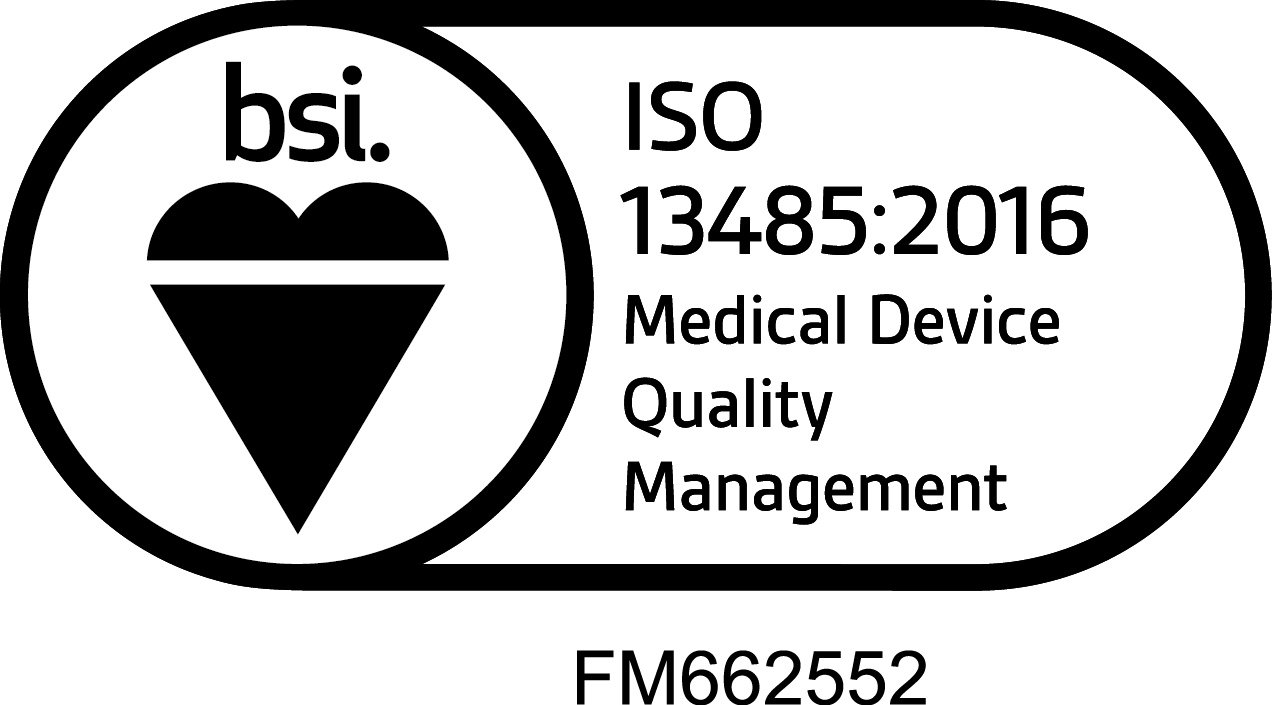Q&A: Five questions for Edward Jaeck, Lowell’s Vice President of Strategic Growth and Business Development
Quality and measurement are ongoing investments for medical device contract manufacturers. Helping ensure Lowell’s systems are up to industry and customer standards is our Vice President of Strategic Growth and Business Development, Edward Jaeck.
Edward joined Lowell in 2015 to oversee our quality and manufacturing groups, and continues to keep his finger on the pulse of these specialties. Prior to joining Lowell, Edward worked at both Intel and Medtronic, focusing on R&D, materials, design quality and supplier quality.
Here, he shares what continues to interest him about metrology and quality systems, the industry trends he’s watching, and how Lowell continues to innovate with new technology and processes.
- What is your medical device background?
Prior to Lowell, I worked at Medtronic for more than five years in their endovascular and coronary groups, doing supplier assessments, selection and validation as a principal component engineer. Then I worked as a design assurance core team member where I supported multiple new product launch projects with extended support teams. - You’ve worked extensively with metrology and quality systems, and advocate for methods like GD&T and metrology matching. What interests you about these topics?
My time at Intel was formative because Intel believed in leading by example. They defined the test methods they would use at incoming inspection down to the exact machine, fixture and program elements, and the algorithm used to measure the result, and put those methods to paper as the standard. They would then share this test method with the supplier so they could do the same. If the supplier caught an error or made a suggestion on how to do things better, the Intel team would take that into consideration and change their method to improve. I did several projects where we correlated and matched systems around the globe in less than 30 days. It was a great example of collaboration. - You’re going to present at OMTEC about automating data analysis and metrology matching. What makes these topics essential for your customers at medical device companies?
My session at OMTEC will focus solely automation of data analysis in support of design verification and validation, and we will show the why and “aha!” aspects of the process. Simply put, crunching this data column by column is mundane and fraught with opportunities for mistakes. We will show one tool we are working on to expedite projects by making the data analysis process more lean.For the in-booth demonstration, we will be doing a hands-on example of metrology matching. We will have a simple hand tool and step the audience through a streamlined matching process. This will show the concept and how collaboration between the OEM and the supplier can benefit both teams. - What are some of the industry trends you’re watching?
I am watching trends and discussions around Big Data, artificial intelligence and machine learning because I believe the world is at an exciting inflection point. Computing power is at an all-time high, data is abundant based on all of the dispersed sensors that are out there, and modeling techniques have evolved. The companies that dig into this new trend and learn how to master it will get a better grip on their business. With machine learning in particular, we can gather data, build a model and teach the model with retrospective data. That model in turn can be used as a future predictive model and can be updated as we move forward.
I’m also interested in new tools in statistical modeling. The days of running orthogonal DOEs has passed. The days of more efficient designs and other model-building tools are here. What JMP software has done in the last three to five years is amazingly powerful. What used to be a simple user-friendly graphical program has evolved into an extremely powerful exploratory data analysis and modeling tool. - What do you find most interesting about your work?
My work at Lowell has been very inspirational. While we are a relatively small firm, we dream big and think big when it comes to how we compete.
For more than nine years, we have had an automated CMM inspection lab running unmanned over the weekend to improve production and our customers’ time to market. We continuously seek to buy and improve the best CNC machining equipment in the world. Lastly, we seek to automate the front-end process, from PDF customer drawing to inspection-ready template, to improve efficiency and accuracy. My work on the data analysis template simply fills in the existing portfolio of other best-in-class automation projects.

 13485:2016 Registered
13485:2016 Registered